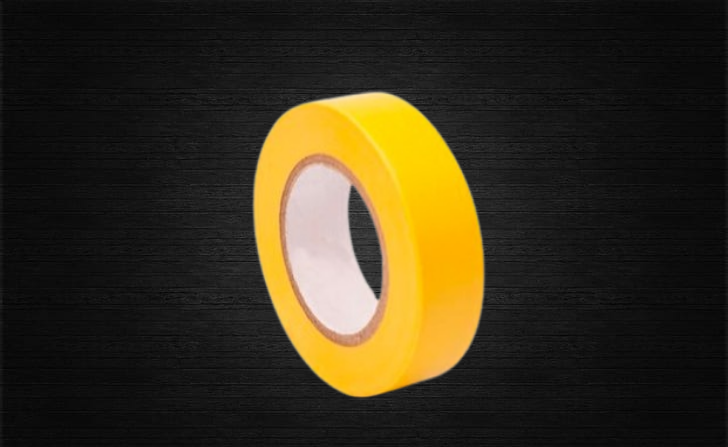Given:
Bite Force of T. rex: 45,000 Newtons
Jaw Closing Distance: Approximately 0.3 meters
Energy=Force×Distance=45,000N×0.3m=13,500Joules
Say we have a typical 10w led lightbulb, how much could it power it for?
Time= Power/Energy=13,500J / 10W=1,350 seconds, or approximately 22 and a half minutes with a single T-Rex chomp, assuming 100% conversion efficiency
Fun fact, the (rough) conversion efficiency of calories to mechanical joules in the human body (separate from the mechanical to electrical you're referring to) is about 25% --- but this is about the same factor as going from calories to joules! So, for a human to put out 13.5 kJ of energy would require about 13.5 food calories (kilocalories).
There's no way a human's bite is only 30% less than a dog's. Our jaws have shitty leverage to chomp down hard.
We are omnivores and do a lot of chewing. Dogs don't really chew, just rip.
Some great apes that have more raw plants in their diet even have a bony ridge on their skull that the jaw muscles attach to.
Our jaws actually have great leverage, our molars are very close to where the jaw muscle attaches.
Not all dogs are the same, of course. Some dog breeds can bite harder than wolves. We selectively bred them for chomp strength.
It's averaged out, the real values are in a range, they just took the average between them.
Our ancestors had more bite force. It wasn't needed anymore.
Bite Force and Occlusal Stress Production in Hominin Evolution
Bite pressure would be a more interesting comparison IMO. Of course a Trex is gonna have a massive bite force because it's dominated by size.





